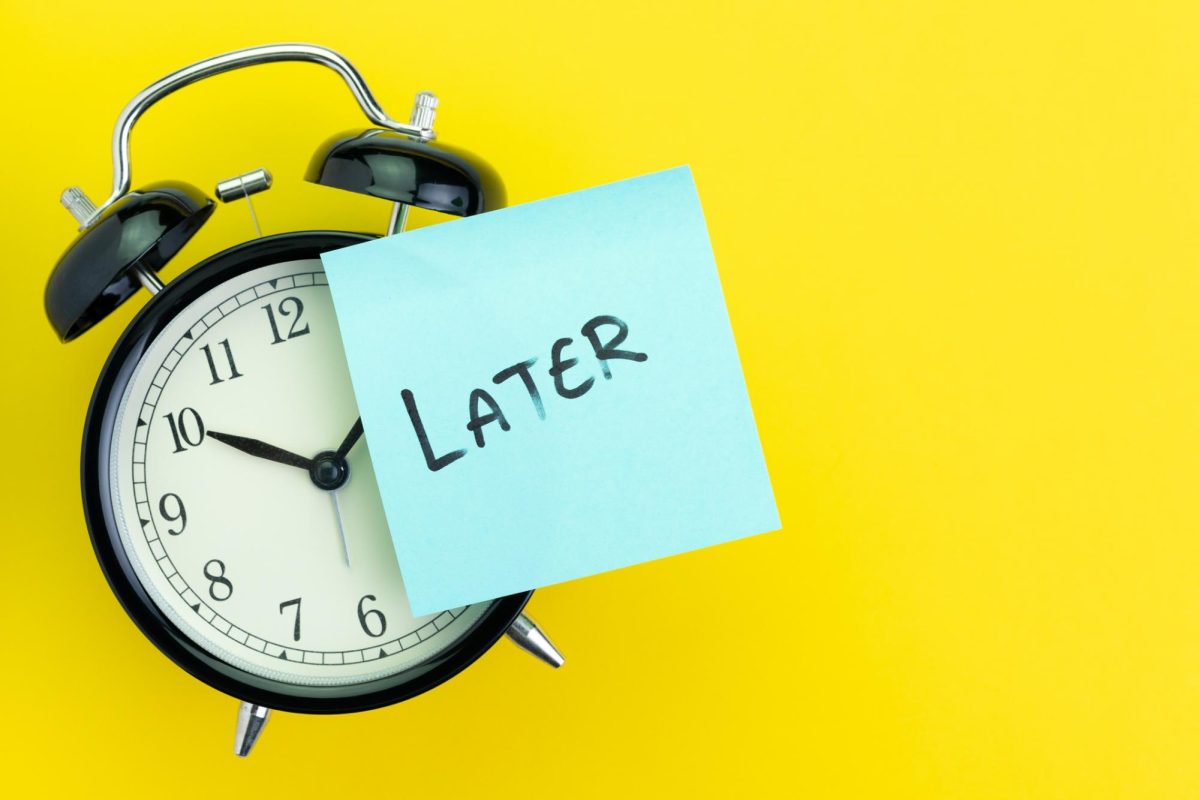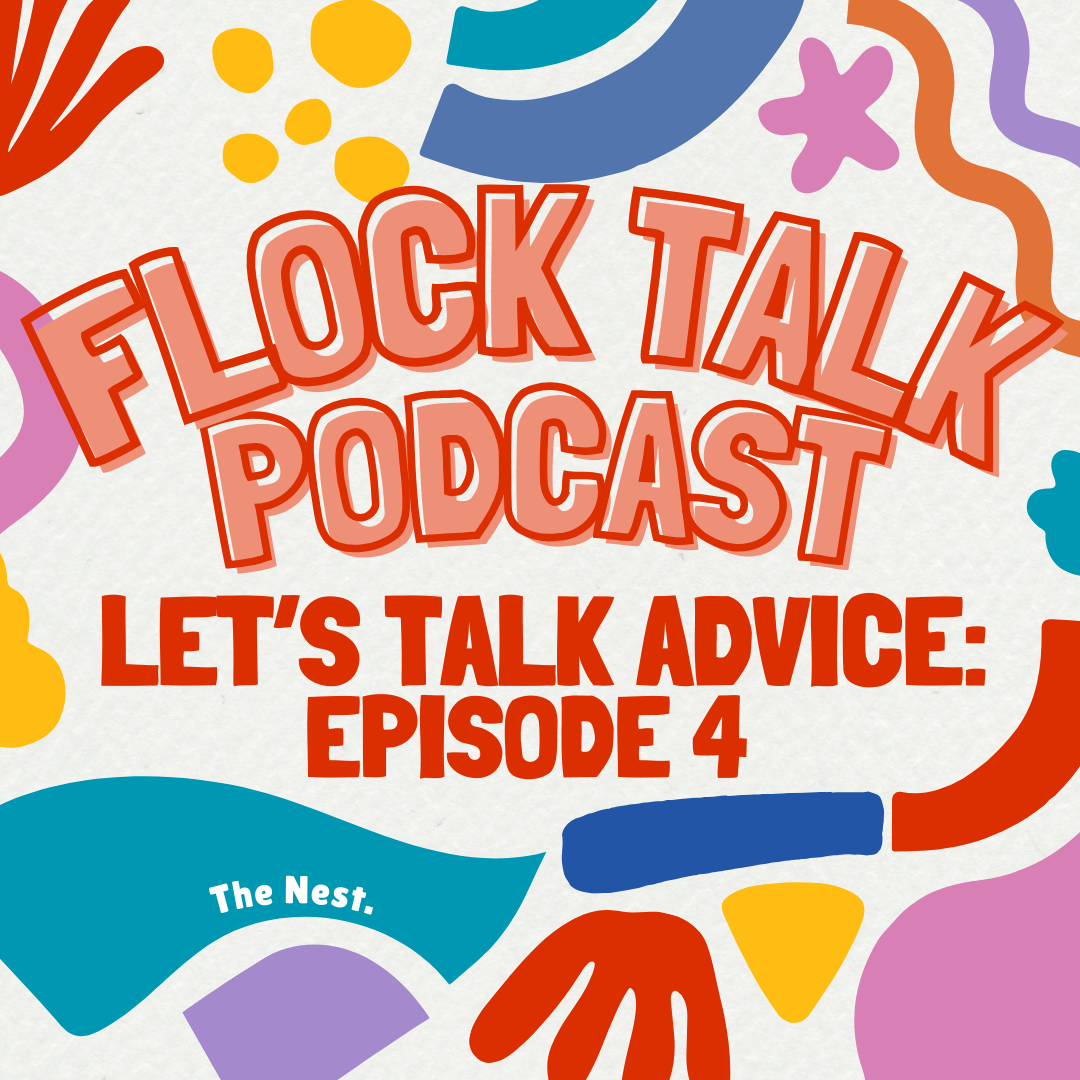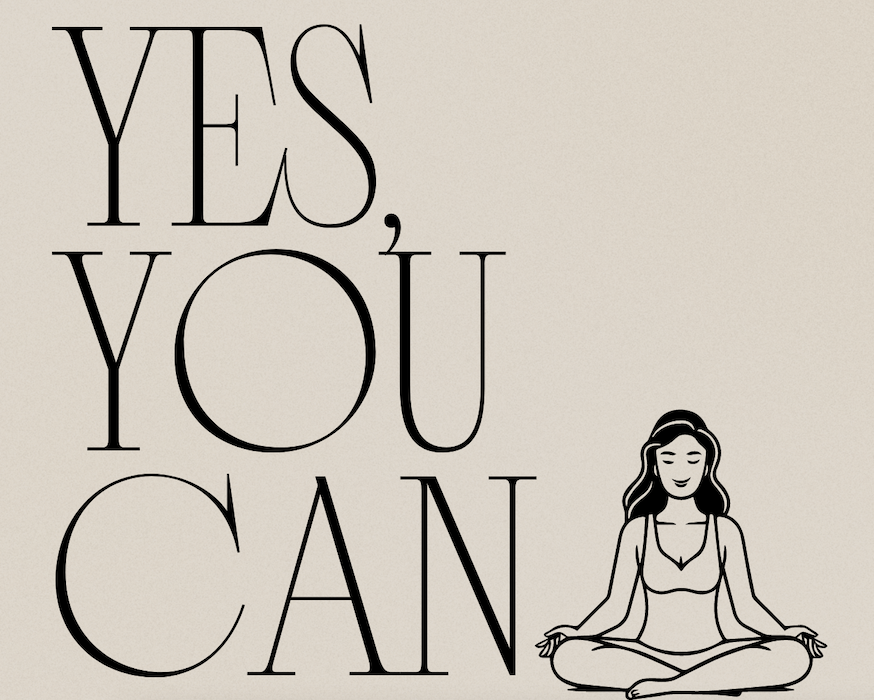Fall Back, A Race Against The Clocks
A deeper look into the detrimental health effects on the human body caused by the changing of the clocks.
By now, almost every American knows that feeling of dread in which we must change the clocks back in November. But what most do not realize are the consequences that follow and how most are made to believe the physical and mental effects of daylight saving time are but a fake scenario in their head. It is thought that by moving the clocks back in the fall, we are to have more daylight in the early mornings of winter; while moving clocks forward in the spring grants us an extra hour of light in the evenings. All of this timely confusion was created in 1918 for energy conservation. And with the way society has changed over the many years into a thriving and modern being, the people look to rid the system completely. Now we look toward the question of, “what happens to us during the long period of daylight saving time?”

Feeling sluggish or just completely depressed during the long, cold and dark winter months? And does the thought of a simple patch of green grass bring weary hope? Such weary hope is most likely because of the effects of seasonal affective disorder, otherwise known as SAD. Mayo Clinic describes such an effect as, “… a type of depression that’s related to changes in seasons — SAD begins and ends at about the same times every year” (Mayo). Symptoms include: low energy levels, difficulty concentrating, feeling guilty, hopeless or worthless and can lead to complications like social withdrawal, mental disorders and problems in school. But with such grim effects, what exactly happens to the inside of our body to cause such harm?
The human body is one of the oddest and most indescribable phenomena that even we as people are still trying to figure out. And just as we begin making new discoveries, it is found that light has a profound effect on humans. Through conducting experiments, professors at the Belgium University of Liege say, “Light also conveys a powerful stimulating signal for human alertness and cognition and has been routinely employed to improve performance, counter the negative impact of sleepiness or ‘winter blues’”(Liege). So light is not only used for seeing, but also controls emotion, cognitive thinking and performance in the brain. The amount of light perceived can also control the amount of melatonin our bodies produce for the nightly routine of drifting asleep, and having to change the time in which the sun rises and sets can greatly throw off a person’s circadian rhythm. “Many systems are under circadian control, including sleep–wake behavior, hormone secretion, cellular function and gene expression…Converging evidence suggests that circadian disruption alters the function of brain regions…”(Bedrosian and Nelson).

Nevertheless, do not lose hope, as there are many ways to deal with such a change in time. For example, getting a good night’s rest, which first starts with good sleep habits. So, if this is read before the dreaded daylight saving time, waking up earlier in the week before the big day of turning the clocks back can give giant benefits in the long run. Eating a healthy breakfast in the morning or soaking in some sun with a walk are all small changes that can eventually lead to a strong body and positive mindset.






















































